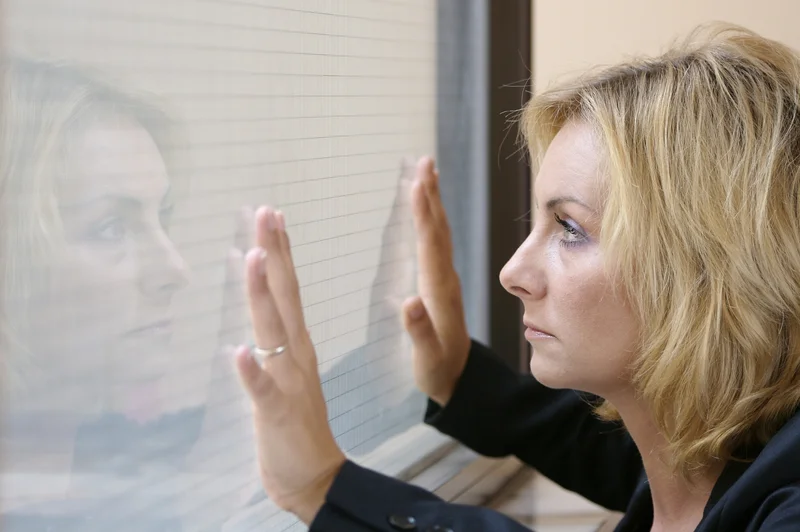Self-Blame and Cancer
Self-Blame and Cancer: Freeing Yourself from Guilt
To schedule a video consultation with Dr. Payan at CMN Hospital, please contact us at 1-844-371-1117.
One of the first questions patients usually think to themselves when they are diagnosed with cancer is, “Why me?” Some patients then take time to think about their medical history and the decisions they have made in their life, questioning their every move, thinking they may have been able to prevent their diagnosis. This is normal and natural, and something we see frequently. However, it is a dangerous way of thinking that often leads to self-blame. You are not responsible or at fault for your cancer diagnosis. Today, we are going to dive into the research that explores the self-blame phenomenon and give you tips for redirecting your blame, freeing you from undeserving guilt or emotional grief.
The Science Connection: Self-Blame and Cancer
Researchers have spent a lot of time analyzing the connection between self-blame and cancer diagnoses, specifically breast cancer diagnoses. One study analyzed the “associations between self-blame and anxiety and depression symptoms in a sample of 76 women with breast cancer were investigated. At diagnosis, behavioral self-blame was associated with increased distress... These data indicate that behavioral self-blame is a correlate of concurrent affective symptoms, whereas characterological self-blame predicts increased distress over time.” This study shows how significantly affected women can be by their diagnoses, particularly in relation to self-blame.
Even medical professionals themselves deal with self-blame and targeted blame as a result of their cancer diagnoses. For example, Larry Lachman, a clinical psychologist diagnosed with prostate cancer, faced similar blame from practitioners. This response shows how deeply ingrained the phenomenon of self-blame can be, even among medical professionals.
Unfortunately, no one is exempt from potentially being blamed for their cancer diagnoses. Living in a society that increasingly focuses on solutions and immediate fixes often leaves people feeling at fault. However, it’s important to remember that cancer is not entirely preventable, even for the healthiest individuals.
You Are Not at Fault: Tips for Redirecting Blame
You are not to blame for your cancer diagnosis, but because scientific research supports the claim that most people tend to feel some degree of self-blame once they are diagnosed, here are three crucial steps you can take toward freeing yourself from unwarranted guilt:
1. Reframe What You Should Do. It’s easy to look back after a big life event and think about what you could have done differently. Instead, change your phrasing: focus on the present and what you can do now. You cannot change your past, but you are actively shaping your future. This mental shift can help you regain control of your current life situation.
2. Look at the Big Picture. Perspective is crucial. Every situation, even difficult ones, can teach us valuable lessons. Recognizing that setbacks can be part of a bigger plan helps reduce pressure and self-blame. Focus on what this experience can teach you and how you can grow from it.
3. Trust Yourself. You know yourself best. Even after a cancer diagnosis, you are still in control of many decisions regarding your treatment and care. Let go of self-doubt and trust in your ability to navigate your journey to recovery with strength and confidence.
Contact Us
You are not to blame for your cancer diagnosis. You are a cancer warrior, and you deserve the best treatment possible. CMN Hospital offers comprehensive, alternative cancer treatment plans designed to support your physical, mental, and emotional healing. To get in touch with us and discuss your care options, contact us here.
References
[1]Glinder, JG and BE Compas. “Self-blame attributions in women with newly diagnosed breast cancer: a prospective study of psychological adjustment.” NCBI.1999.
[2]Huff, Charlotte. “A Sick Stigma.” Slate.2013.
[3]Kaiser, Shannon. “Stop Blaming Yourself for Everything in 3 Easy Steps.” Huffington Post.2014.



